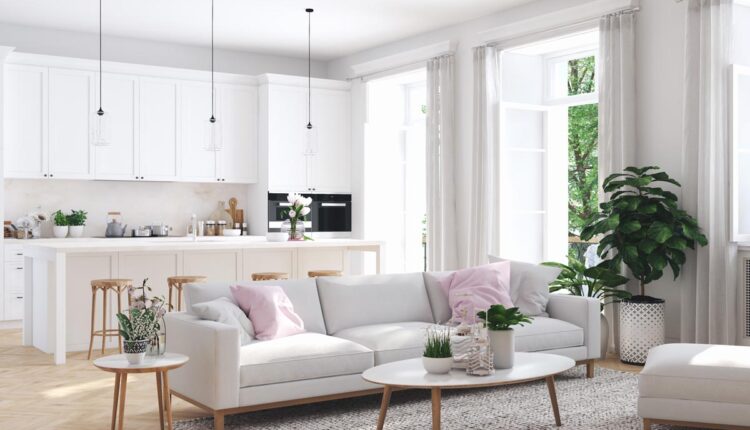How To Design A Living Space That Is Conducive To Concentration
With a greater number of residents seeking to work from home or turn part of their living space into a platform for hobbies and creativity, it is increasingly important that we design rooms that are conducive to concentration. Unlike central offices, which are designed to minimise distraction and promote productivity (often to quite an extreme extent), homes in residential areas are more susceptible to noise and disruption, making it difficult to maintain concentration.
To remedy this and to empower individual creativity and productivity, residents should take into account their interior design and create spaces that work to minimise distractions. Even those on a relatively small budget can accomplish the results needed for a peaceful and professional design.
Curate Assets
The objects placed within a space are all potential distractions. This could be an entertainment device, a bookshelf, or even a refrigerator. Each item that isn’t conducive to the task at hand is a potential distraction and homeowners should seek to minimise their influence or entirely remove them if they want to create a space within which to concentrate.
This logic, however, is not always appropriate for those with creative endeavours and those looking to find inspiration for their next project might actually find greater success with colour and exciting design choices, as these can help to stimulate brain activity.
Distance From Distraction
Setting up a studio or office inside a home can be challenging for those who share their living space with others. It is all too easy for other residents to cause disruptions that prevent concentration. One popular solution is to create a space separate from the central living space and within a garden instead, using outbuildings like annexes and log cabins.
By doing so, a professional or creative space can be created that is entirely isolated from the home and, as a result, much more conducive to concentration. It’s also why many well-known authors have historically chosen to write from their garden sheds.
Sitting Comfortably
An often-overlooked element of concentration is comfort but any individual who has been forced to sit on a low-quality piece of furniture will certainly recognise how debilitating its discomfort can be to concentration.
Depending on the purpose of your activity, investing in high-quality furniture, such as an office chair or standing desk, can be a worthy purchase. This is because, over time, its benefits will translate into a more substantial amount of productivity, allowing individuals to spend more time focused and without distraction.
Utility
One final aspect of a space for concentration is the importance of having everything at hand. The tools and equipment needed for your job should be readily available. This is an aspect of interior design championed by central office spaces, since businesses know that the search for tools is an unnecessary hurdle in the pursuit of productivity.
As such, when embarking on your own creative and professional pursuits, be sure to support your efforts by designing a space that contains everything you will need to accomplish your goals.


Comments are closed.